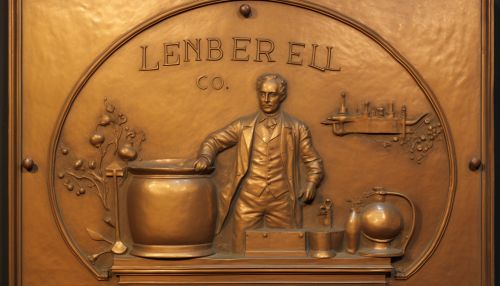Joseph Achille Le Bel
Early Life
Joseph Achille Le Bel was born on January 21, 1847, in Pechelbronn, Alsace, France. He was the son of a wealthy industrialist who owned a petroleum company. His early education was at home, where he developed an interest in chemistry.
Education
Le Bel pursued his higher education at the prestigious École Polytechnique in Paris, where he studied under the guidance of renowned chemists like Charles-Adolphe Wurtz and Louis Pasteur. He graduated in 1869 with a degree in chemical engineering.


Career
After graduation, Le Bel worked as an assistant to Wurtz at the School of Medicine in Paris. He then spent a few years in Germany, studying under August Kekulé, a prominent figure in the field of organic chemistry. Upon returning to France, Le Bel established his own laboratory in Paris, where he conducted extensive research on the optical activity of organic compounds.
Contributions to Chemistry
Le Bel is best known for his work on the three-dimensional arrangement of atoms in molecules, which is now known as stereochemistry. In 1874, he independently proposed the theory of asymmetric carbon atoms, which explains the phenomenon of optical isomerism in organic compounds. This theory, also proposed by Dutch chemist Jacobus Henricus van 't Hoff in the same year, is considered a fundamental principle in the field of organic chemistry.
Later Life and Legacy
Le Bel retired from active research in the early 1900s due to health issues. He spent his later years in Paris, where he died on August 6, 1930. His contributions to the field of chemistry, particularly the concept of stereochemistry, have had a lasting impact on the scientific community. Today, Le Bel is recognized as one of the pioneers of modern chemistry.


